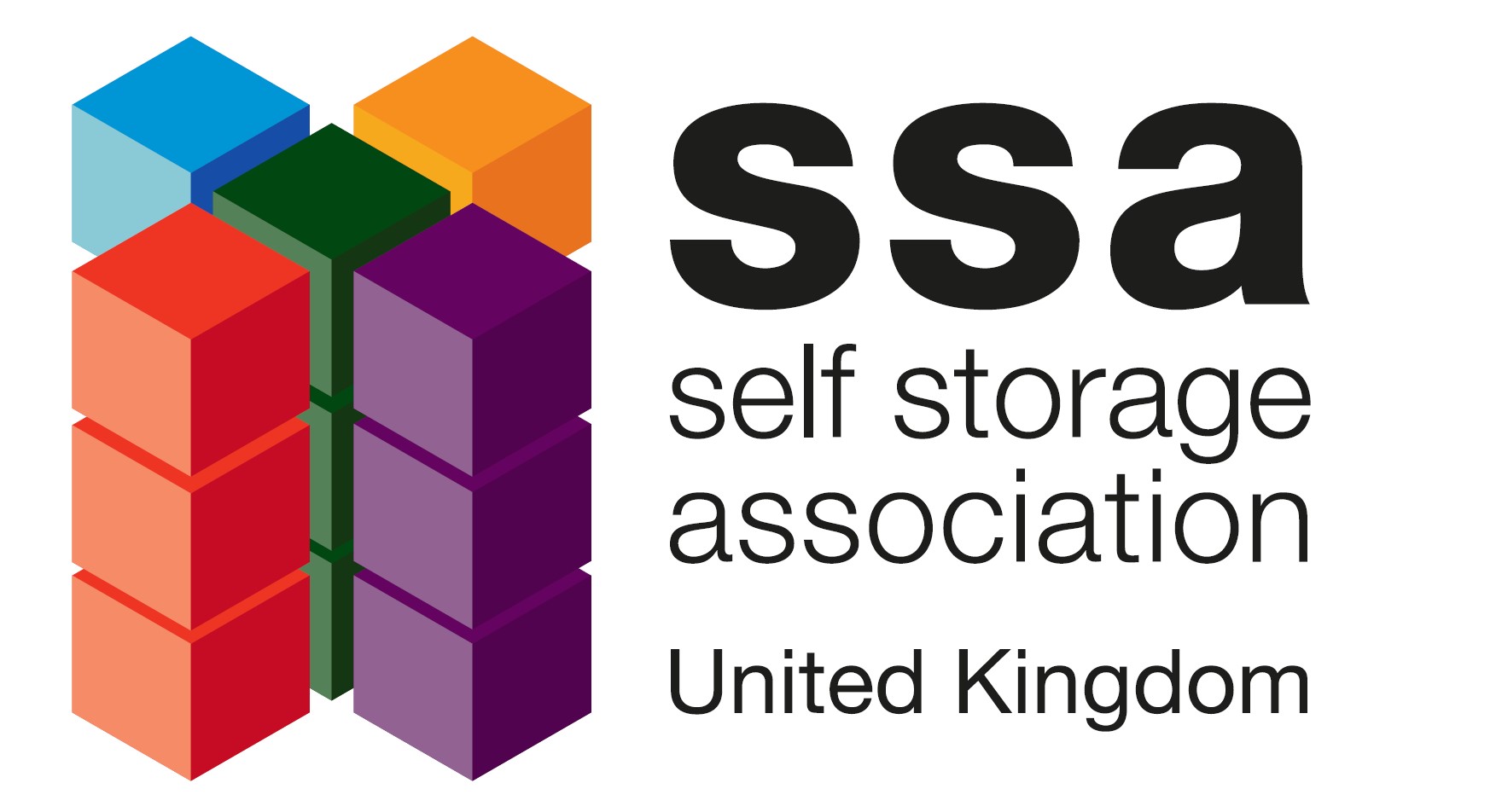Collaborative Sustainability- Storage Den

Brian Barbour YSN Member and Director of Storage Den, discusses how he has negotiated a renewable energy solution for both his own and his neighbours business.
How did you start in the storage industry?
Before entering the world of self storage, I worked in both Corporate Banking and solicitor law roles operating between Scots, Manx and British Virgin Islands law. During my legal career I was involved in providing legal services to various types of companies, a few of which were in the self storage industry. I then spent around 5 months living in the USA, mostly in Denver, where I got to see first-hand how large the self storage industry is.
Whilst in the US, I continued researching the industry, speaking with various suppliers and liaising with commercial agents to try and find a suitable location. Finding a suitable property was probably the hardest part of this journey as being a completely new starter you aren’t really taken seriously. Landlords are also extremely reluctant to lease to a new company with no history of trading.
When and why was Storage Den set up?
I have wanted to have my own business for a long time, I just didn’t know in what area. I researched various businesses and self storage really stuck out as something that would be viable and a long-term successful business.
Storage Den was set up in March 2024 with a facility in Aberdeen to provide a modern alternative to the existing storage options available in the market and to provide a solution to their limitations for a better customer experience.
One of the main issues I was seeing time and time again was the inability of customers to be able to easily access their unit outside normal working hours or on the weekend, usually because these were manned facilities with no means to operate remotely. I believe that remotely managed facilities will become the norm, and customers will happily pay more per sq. ft. compared to a manned site for the convenience it provides for them.
What are your future ambitions?
In the near-term I am looking to expand the Aberdeen site with more external units to maximise the available space. In the long term, I would like to expand Storage Den to other locations in the UK and repeat the model, hopefully with larger locations. At some point I’d like to look further afield to mainland Europe for less mature markets.
When and why did you join YSN and what benefits have you found?
I joined the YSN not long after opening the facility last year. Looking back, it would have been beneficial to join beforehand. There are a few clear benefits of joining the YSN if you already have SSA membership. Not only can you make use of the informational webinars (many of which are free for YSN members), there is a Whatsapp group chat including other operators and suppliers to the industry. This group provides a convenient way to ask industry related questions and to expand your network.
Where did the idea of partnering with Ember come from?
Ember started operating from the neighbouring property not long after Storage Den opened its doors. I decided to approach them for the simple reason that I saw they required electricity to charge their buses, and I had unused roof space. After meeting them when they first moved in and were doing the groundworks, I reached out to their management via LinkedIn and the rest is history.
Seagulls are also a problem in Aberdeen. They will try and nest on the roof and had previously damaged the foam-filler in the pitch of the roof, causing leaks which had gone unnoticed with the building being unoccupied since around 2019.
How did you decide on how the project would work i.e. funding, building, ongoing split?
It really came down to a couple of conversations to get the main points in agreement before lawyers got involved. Negotiations continued, and there were still a few sticking points right up to the agreement being signed.
Various options of how the panels would be funded and the rent involved were put forward (i.e which party pays for the panels and then the rent involved). In the end it made the most sense for Ember to purchase the panels and install bird netting themselves in return for an annual rental payment under a sublease.
I had also found a grant online that was providing up to £10k for renewable projects locally, which I shared with Ember. Due to not being able to utilise the grant if Ember used it, they agreed to paying an additional sum from the outset to make up for this.
Were there any issues you had to overcome?
The majority were teasing out the finer points of the agreement.
Storage Den also had to get the insurance company and landlord onboard with the decision. Consent from the landlord is required under a sublease.
In terms of the actual installation of panels we did not have any issues.
What are the benefits of the arrangement?
From Ember’s side, they will be able to fully finance the purchase of the panels which will significantly cut their energy bill.
Storage Den in return, would receive an initial incentive lump sum payment, a yearly rental for the sublease and have bird netting installed enclosing the entirety of the roof. All legal costs were covered by Ember (under normal landlord/tenant agreements it is usually the tenant that pays).
At the end of the sublease Storage Den would have a right to retain the solar panels.
What are your recommendations for anyone wanting to undertake a similar partnership?
- Speak to your neighbours. The worst they can say is no. It would not necessarily have to be an electric bus company that you could work with; any energy intensive business could just as easily benefit from the energy savings solar could provide if the roof space is available near to their premises.
- Be clear with what you want to get out of the arrangement and remember that any deal needs to benefit both parties to work. This means both parties may need to compromise on some areas to get the deal done. If a proposed deal is too one-sided you probably won’t reach an agreement.
- Once you have agreed a ‘heads of terms’ instruct lawyers to have a proper agreement drawn up.
- If you lease the building, get in touch with your landlord from the start as you will need their permission to go down this route.
